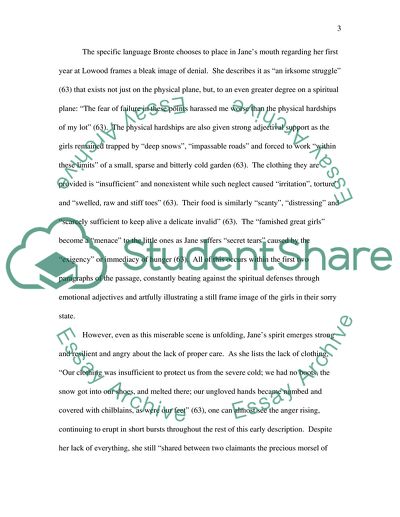Cite this document
(“Charlotte Bronte, Jane Eyre - Read volume 1, chapter 7, from the Essay”, n.d.)
Charlotte Bronte, Jane Eyre - Read volume 1, chapter 7, from the Essay. Retrieved from https://studentshare.org/miscellaneous/1542765-charlotte-bronte-jane-eyre-read-volume-1-chapter-7-from-the-beginning-to-they-were-then-propped-up-with-monitors-high-stools-how-is-language-used
Charlotte Bronte, Jane Eyre - Read volume 1, chapter 7, from the Essay. Retrieved from https://studentshare.org/miscellaneous/1542765-charlotte-bronte-jane-eyre-read-volume-1-chapter-7-from-the-beginning-to-they-were-then-propped-up-with-monitors-high-stools-how-is-language-used
(Charlotte Bronte, Jane Eyre - Read Volume 1, Chapter 7, from the Essay)
Charlotte Bronte, Jane Eyre - Read Volume 1, Chapter 7, from the Essay. https://studentshare.org/miscellaneous/1542765-charlotte-bronte-jane-eyre-read-volume-1-chapter-7-from-the-beginning-to-they-were-then-propped-up-with-monitors-high-stools-how-is-language-used.
Charlotte Bronte, Jane Eyre - Read Volume 1, Chapter 7, from the Essay. https://studentshare.org/miscellaneous/1542765-charlotte-bronte-jane-eyre-read-volume-1-chapter-7-from-the-beginning-to-they-were-then-propped-up-with-monitors-high-stools-how-is-language-used.
“Charlotte Bronte, Jane Eyre - Read Volume 1, Chapter 7, from the Essay”, n.d. https://studentshare.org/miscellaneous/1542765-charlotte-bronte-jane-eyre-read-volume-1-chapter-7-from-the-beginning-to-they-were-then-propped-up-with-monitors-high-stools-how-is-language-used.


